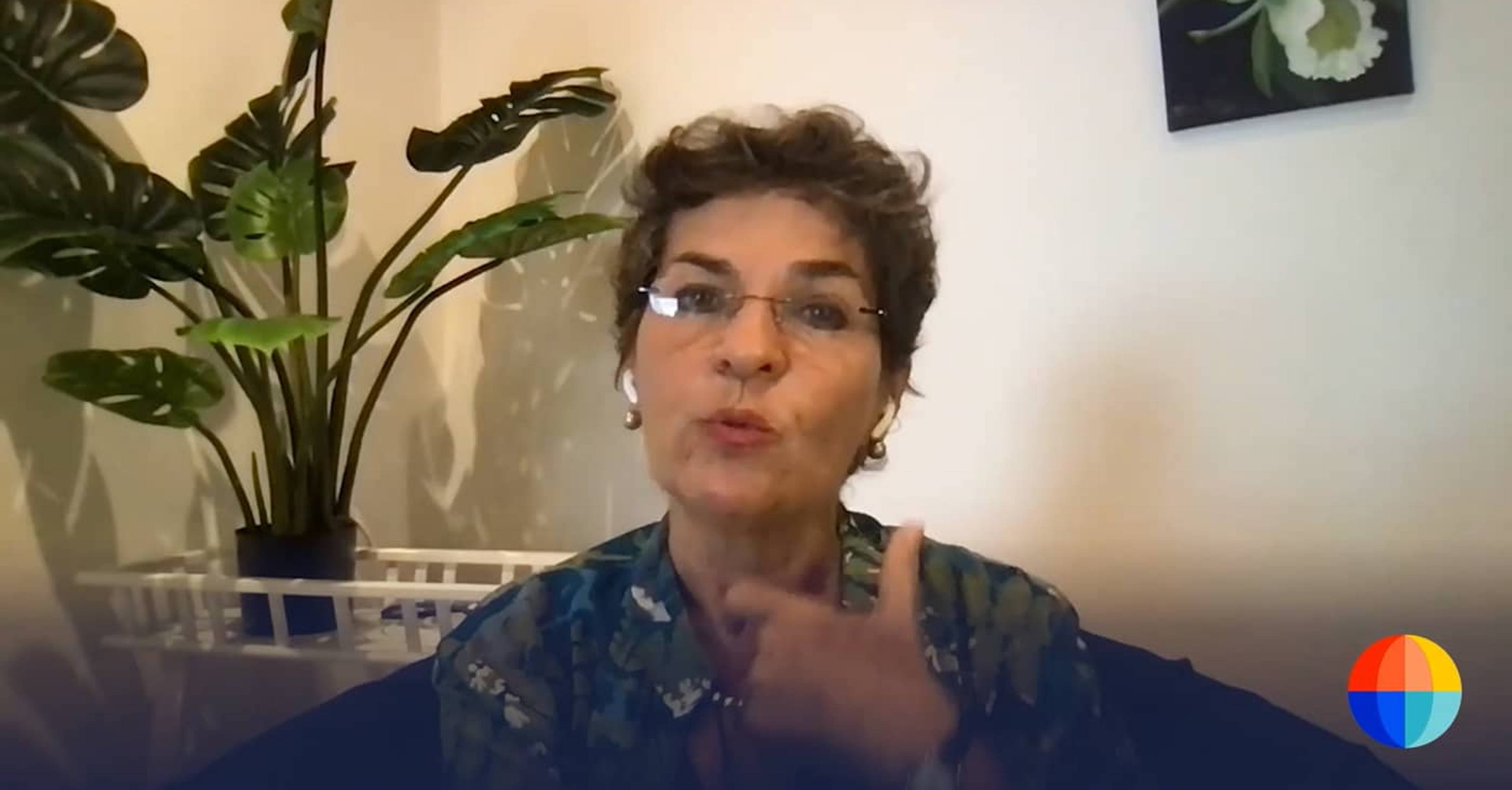Watershed advisor Mark Carney joined us earlier this week for a chat about the SEC’s proposal on climate disclosure for US public companies.
Mark has been a key architect of the whole climate finance movement. From his days as the Governor of the Bank of England to his current climate leadership roles with the UN and the $130T Glasgow Financial Alliance for Net Zero (GFANZ), he's helped shape disclosure policy every step of the way.
Mark answered questions from the Watershed community in a live Q+A. This recap covers some of our key observations on the new rules and highlights what companies need to know.
What proposal are we talking about?
The Securities and Exchange Commission—the main US regulator over public financial markets—proposed a new rule in March that would require publicly-listed companies to report climate data alongside their financial results.
The rule calls for full transparency on two aspects: carbon emissions and climate risks. In both cases, companies would need to disclose their current realities, their plans to reduce those emissions and risks, and how they’re doing against those plans.
Why is the SEC getting involved?
The SEC is just formalizing what’s already happening privately: investors want to understand the climate risks of their investments, and have long been asking companies for the corresponding data. The SEC is stepping in now to make sure that everyone is being asked the same questions and that all answers are legally reliable and easy to find.
The upshot: it’s an era change, from furnishing a bit of climate data to filing all of it. It won't be good enough anymore for a company to just upload a PDF prepared by their PR team to their website; they’ll have to go on the record with hard details on their actual progress.
How does this proposal relate to TCFD?
Six years ago, the G20 asked a group of regulators and finance ministers how they should be addressing climate risks. Mark Carney, who chaired the group, proposed asking the bankers and investors who stood to face steep losses if they mispriced those risks. The resulting Task Force on Climate-related Financial Disclosures (TCFD) came up with a set of 11 questions that companies ought to address in their disclosures—the truly decision-useful information.
The SEC’s proposal can be thought of as TCFD+: the same framework, just with more detail.
How does this proposal relate to other global disclosure programs?
The good news is that global acronyms are rapidly consolidating—both into a smaller number of orgs and more unified frameworks. The EU is centering on CSRD, the UK on SDR, and the world on ISSB. All these are just TCFD+ with different flavoring. While many global companies will need to report into multiple programs, they’ll be asked for widely overlapping data.
The one substantial difference is that European disclosure programs place an emphasis on “double materiality”—asking not just how climate change may affect a company, but also how a company is affecting the climate (beyond just emissions totals). Otherwise, all the acronyms are singing the same song together already, and will soon be in more defined harmony.
Will the SEC’s proposal pass?
While the proposal is going to be litigated, the SEC has spent a decade preparing for this. This proposal is the end result of long deliberation—and observations from related efforts in Europe.
The SEC is also tasked with making sure investors get all material information. And counting just GFANZ, nearly half of the entire global financial system is saying “this is very material to us”. They’re going to get what they want.
When will the new rule actually kick in?
It won’t pass in its final form any earlier than late this year. The first mandatory filings are then scheduled for 2024 (on 2023 data)—now just 20 months away! (The dates vary by filer type. See their date chart on page 3, and their filer definitions on page 41.)
But whatever your company’s first official filing year is, investors will want this data sooner than that. If you want continued access to the global supply of capital, enhanced climate disclosure are the new table stakes—starting now.
What about Scope 3 emissions data?
Companies have an extra year from their first filing date to begin including their Scope 3 emissions (ie. from suppliers) if those emissions are a “material” percentage of their end-to-end totals. While the SEC isn’t currently offering its own materiality benchmark, most investors use a 40% rule of thumb—which most companies are well above.
While the smallest public companies are exempt here, every company must include Scope 3 data if their public climate plans include those emissions. Once you say you’re going to reduce them, you’re then responsible to report your progress—even if otherwise exempt.
How will I know if the plan I’m disclosing is good enough?
First, same as with any financial target or business strategy, investors are going to make judgment calls based on the committed resources and management’s history of execution.
Second, investors are going to be looking for whether you’re on track to meeting the Science Based emissions reduction pathway for your industry. While some sectors are particularly hard to decarbonize, performance relative to peer companies will be a strong factor.
What else do climate leads need to know?
This is a full sea change, and everyone is working hard to catch up—on measurement, plans, and real action. But today's ceiling quickly becomes tomorrow's floor, and what the best companies are doing today is going to become the base expectation for all in a few years.
This shouldn’t be discouraging though! As steep as the learning curve can be, there are resources available today to help climate leads each step of the way. And the work is often profitable: reimagining processes around low-carbon options is often a catalyst that surfaces opportunities for both cost savings and new revenue streams.
If we can help you take the next right step for your climate program, please get in touch.







